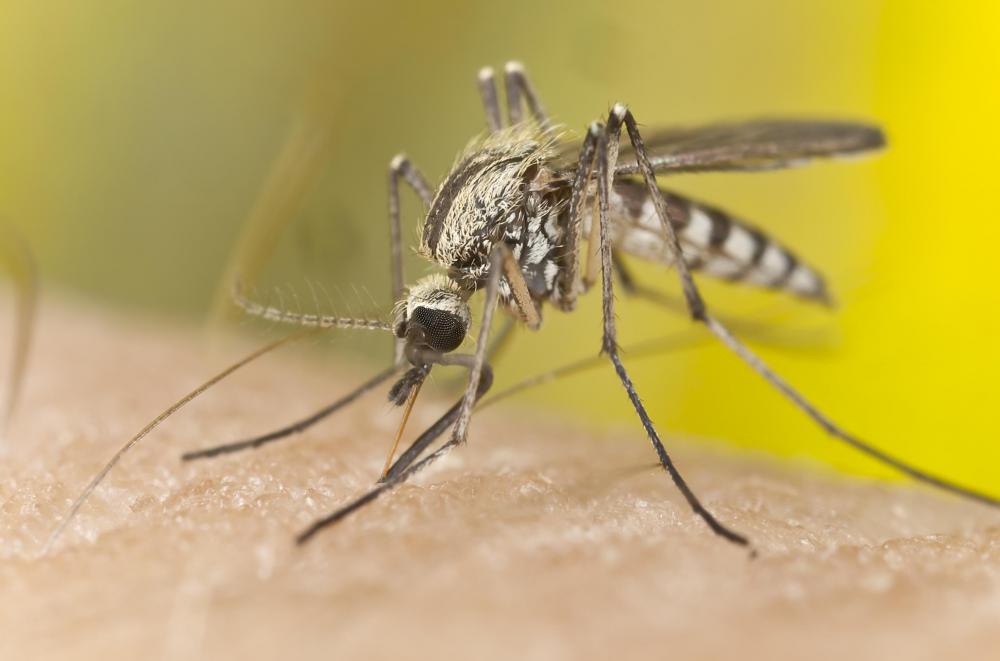At HomeQuestionsAnswered, we're committed to delivering accurate, trustworthy information. Our expert-authored content is rigorously fact-checked and sourced from credible authorities. Discover how we uphold the highest standards in providing you with reliable knowledge.
What is a Water Fern?
There are seven species of water fern, all of which belong to the Azolla genus of plants. These unusual low-growing plants look nothing like traditional ferns, but more closely resemble moss, with very small and hairy oval leaves. Water fern is also known as fairy moss, mosquito fern, and duckweed fern. They can be found growing on the surface of slow moving or still freshwater, with rhizomes that grow and spread underwater.
Water fern plants can rapidly form into large colonies, and may completely cover smaller bodies of water. They are extremely fast growing, and have been known to more than double in size within just a few days. For this reason, they are planted in flooded rice paddies in Asia, where they help to absorb the excess water and also keep weeds in check. As the ferns rot, they also add necessary nitrogen to the rice paddies. The water ferns will not thrive in very cold water. In cold climates, they are often grown for their ornamental appearance and frequently spread out of control.

The mat-like growth of this aquatic fern can become a serious problem. In some locations, it is considered a noxious invasive weed. In many areas of the U.S., the sale of these plants is prohibited; they should never be planted in open water in these areas. The growth is so thick that mosquitoes cannot penetrate through the ferns to lay their eggs in the water, which is why it is also known as mosquito fern.

The water fern is often used as nutritious fodder for livestock including pigs, chickens, and cows. The plants are rich in vitamins and mineral and contain many necessary amino acids. When eating these ferns rather than regular commercial feed, chickens have been found to lay more eggs and cows produce more milk. They are also grown as food for shrimp and fish food and are sometimes consumed by humans in salads. Dried water ferns are powdered and sold in some natural food stores as a supplement.
Water ferns produce no seeds, but are propagated by spores found on the underside of the ferns. As the ferns dry, the spores will fall off of the plants. They can be spread on the surface of compost rich soil and placed under bright light. It usually takes several weeks for them to sprout, producing a green film that will soon turn into thousands of tiny new plants.
AS FEATURED ON:
AS FEATURED ON:












Discuss this Article
Post your comments